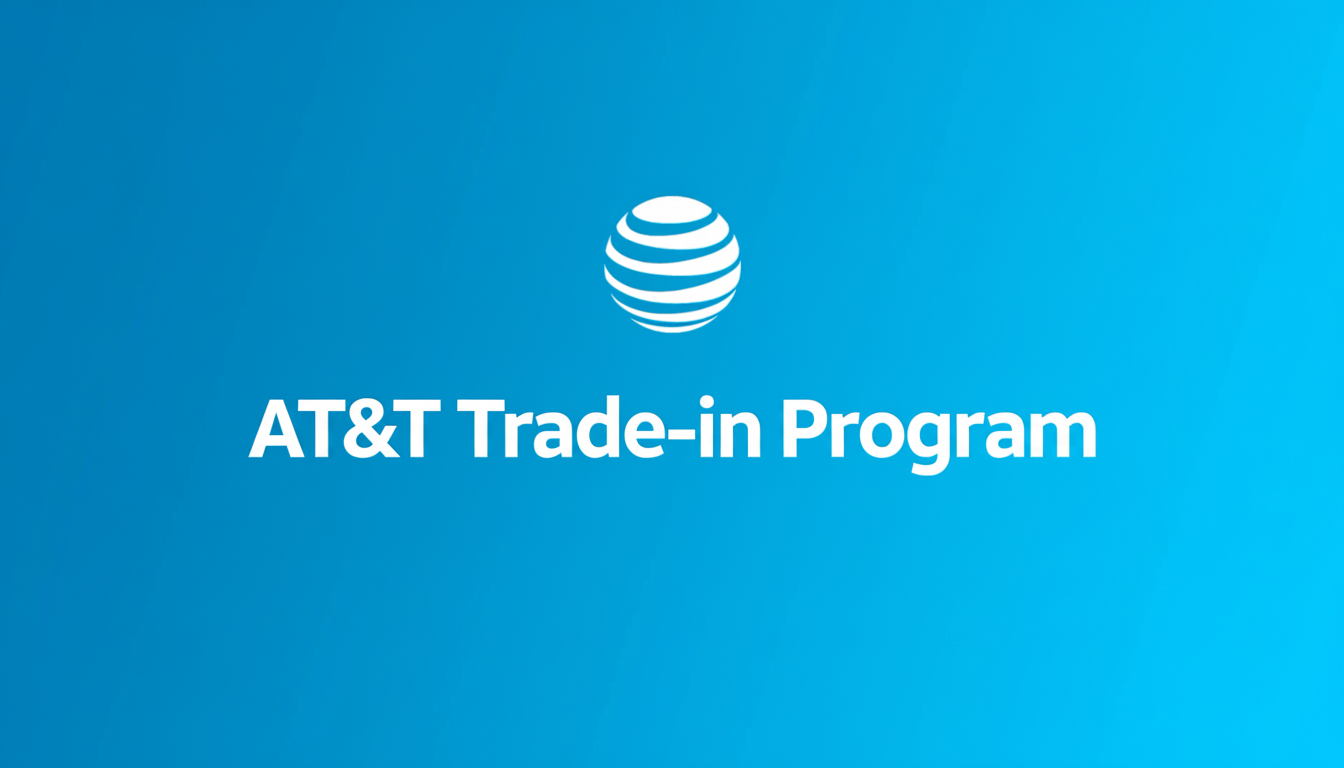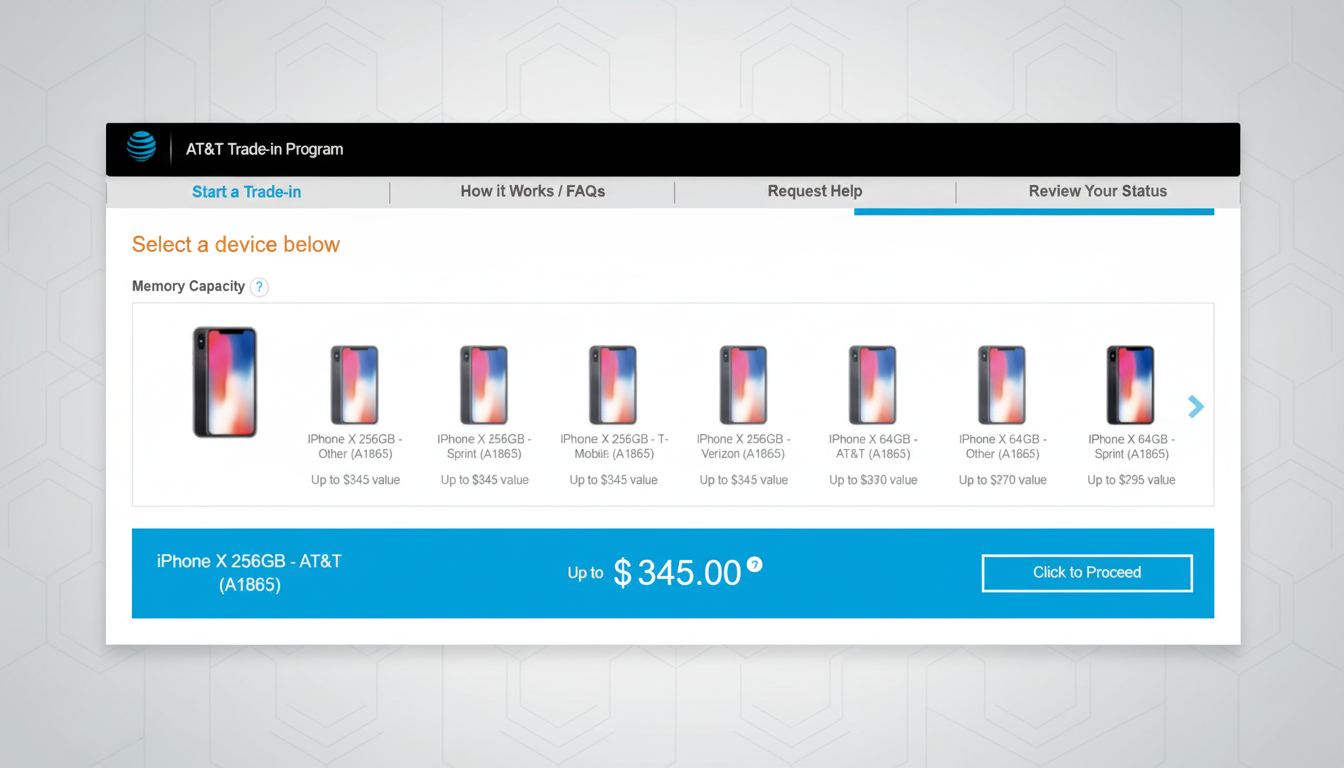AT&T, if nothing else, does not do flashy giveaways with no strings attached. Rather, the carrier leans on continuing bill credits, aggressive trade-in values and benefits across both new and existing customers. It doesn’t always make for the sexiest headline — and sometimes comes with strings attached — but it’s often how the real savings get made, if you know how those installments, plan requirements and fine print all work.
Here are five AT&T deals that you may want to take a look at this month, based on their reusability and wide-ranging eligibility. I’m adding tips and context from independent research, so that you can quickly determine whether a promotion is a good deal with respect to your budget and usage.

Trade-In Credits for Flagship Phones on Premium
AT&T’s headliner most months is a flagship update with bill credits over 36 months. Traditionally, top-tier offers can be stacked up to $1,000 off with an eligible trade-in and unlimited plan. Credits go toward your device payment each month — not in one lump sum, so you’ll want to keep service active for the full term of 36 months to get the full value there.
Insider tip: AT&T is far more forgiving with its trade-in acceptance than you would think. Older devices and phones with wear and tear may also be eligible, as long as they power on and meet the carrier’s required minimum value. Photograph your device’s condition and back it up before you send it off. And if you are shopping carriers, remember that some of AT&T’s biggest deals also apply to existing customers — something rivals don’t always mimic.
Network note: OpenSignal and RootMetrics have found AT&T to be competitive in their testing on 5G availability and call reliability across numerous metros. If you’re transitioning to a 5G flagship, using those independent reports as a baseline for local performance when sifting through plan tiers can help.
Switch and Save With BYOD on Eligible Unlimited Plans
If your current phone still has gas, BYOD (bring your own device) deals like this can be a low-hassle win. AT&T sometimes gives you bill credits or a reward card if you bring your number over to an eligible unlimited plan and also activate an eSIM. You’ll forgo device financing and steer clear of the credit clawbacks associated with upgrades.
Check for fine print requirements, such as keeping service for a certain number of months, turning on autopay and paperless billing and porting in a number from non-AT&T carriers. And as longer CTIA data life cycles make clear, Americans are keeping phones for more and more years: BYOD may be the cheapest way into premium without being tied to the hardware.
Add-a-Line Deals for Watches and Tablets
Another common value play: add a smartwatch or tablet line and cover most or all the device cost through monthly credits. Wearable lines usually aren’t expensive and will have access to your plan’s data. Apple Watch promotions can be particularly appealing to iPhone users looking for a smooth experience in sharing phone numbers; Android users gain a similar advantage with popular Wear OS models.
Fine print to watch: you’ll generally need to activate the device on a new line, stay on that line for the duration of the credits and pair the watch with an eligible phone. If you’re planning to upgrade your phone in the near future, line up timelines — pairing an add-a-line promo with a phone trade-in could let you maximize total savings without needing additional store visits later on.

Combine Wireless Service with AT&T Fiber for Savings
For homes within an AT&T Fiber footprint, bundling can earn you monthly credits or occasional reward-card promos on internet or wireless service for online orders. With equal upload and download speeds, Fiber is perfect for multi-line families that send big files, play games online, use Wi‑Fi offloading for the most connected experience.
Independent tests from Ookla and the FCC’s data on broadband actually rate fiber connections as having a performance advantage over cable in areas such as latency and upload speed; the latter being increasingly important for cloud app use and smart-home devices. If you are already paying for a premium unlimited plan, stacking a bundle credit will reduce your effective monthly cost without altering the way in which you use your services.
Related: Try-Before-You-Buy With AT&T’s eSIM Network Trial
Not ready to switch? It’s a no-commitment eSIM trial available on compatible phones through AT&T. You can keep your current line while you test AT&T data, hotspot and calling benefits for a short time. It’s the best way to validate signal coverage in your home, office, hotel and commute before you commit to a long-term installment with a carrier.
Pro move: Run side-by-side speed and reliability checks against your current carrier using tools from Ookla or OpenSignal, and sketch out a quick coverage map of the places you visit most often every day.
If the trial goes well, you can sign up for a paid line and stack it with one of the trade-in or BYOD deals mentioned above.
Two closing reminders: Advertised prices generally require autopay and paperless billing, and device credits come to an end when you cancel or switch to a disqualified plan early.
Spend five minutes doing those calculations and comparing them with what you’d make if you sold your phone yourself; sometimes the carrier credits win, sometimes a private sale plus a BYOD plan is the better deal. Either way, though, the five promotions above are where we generally see the big savings this month.

